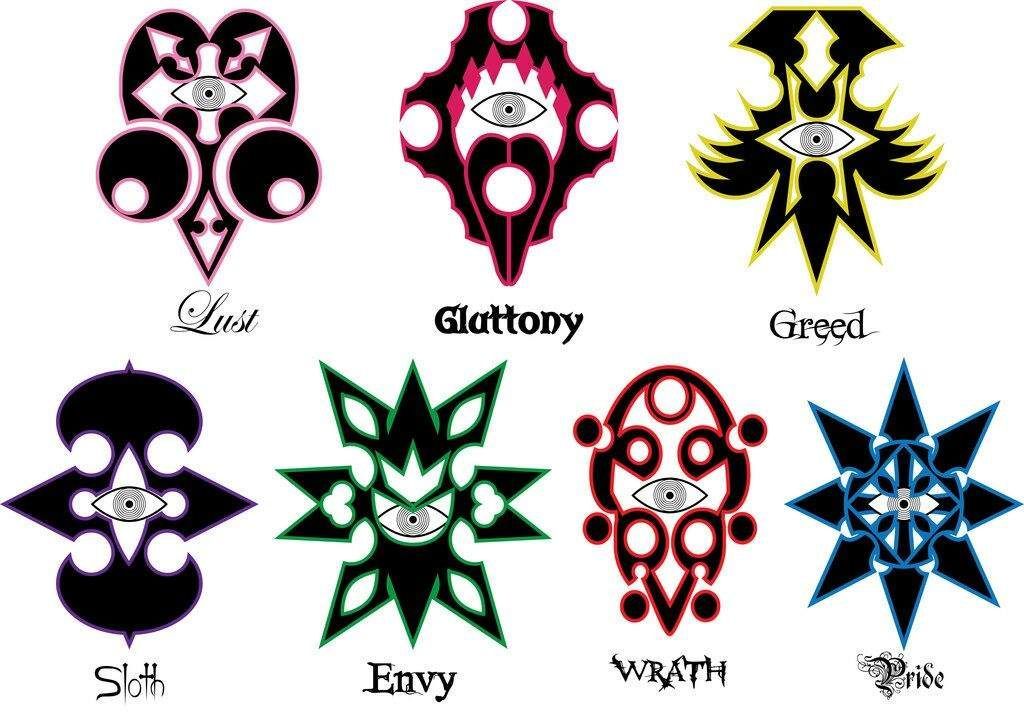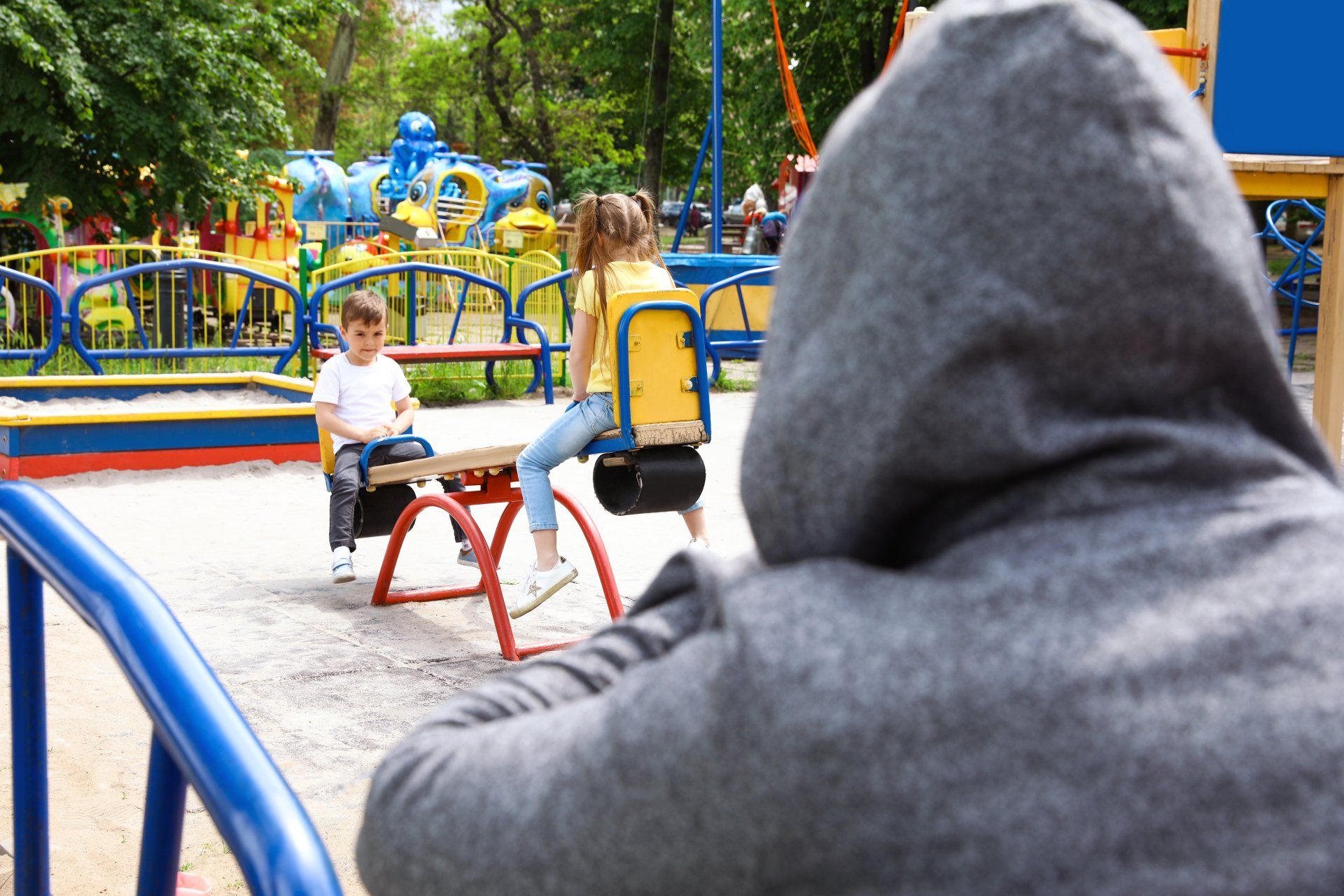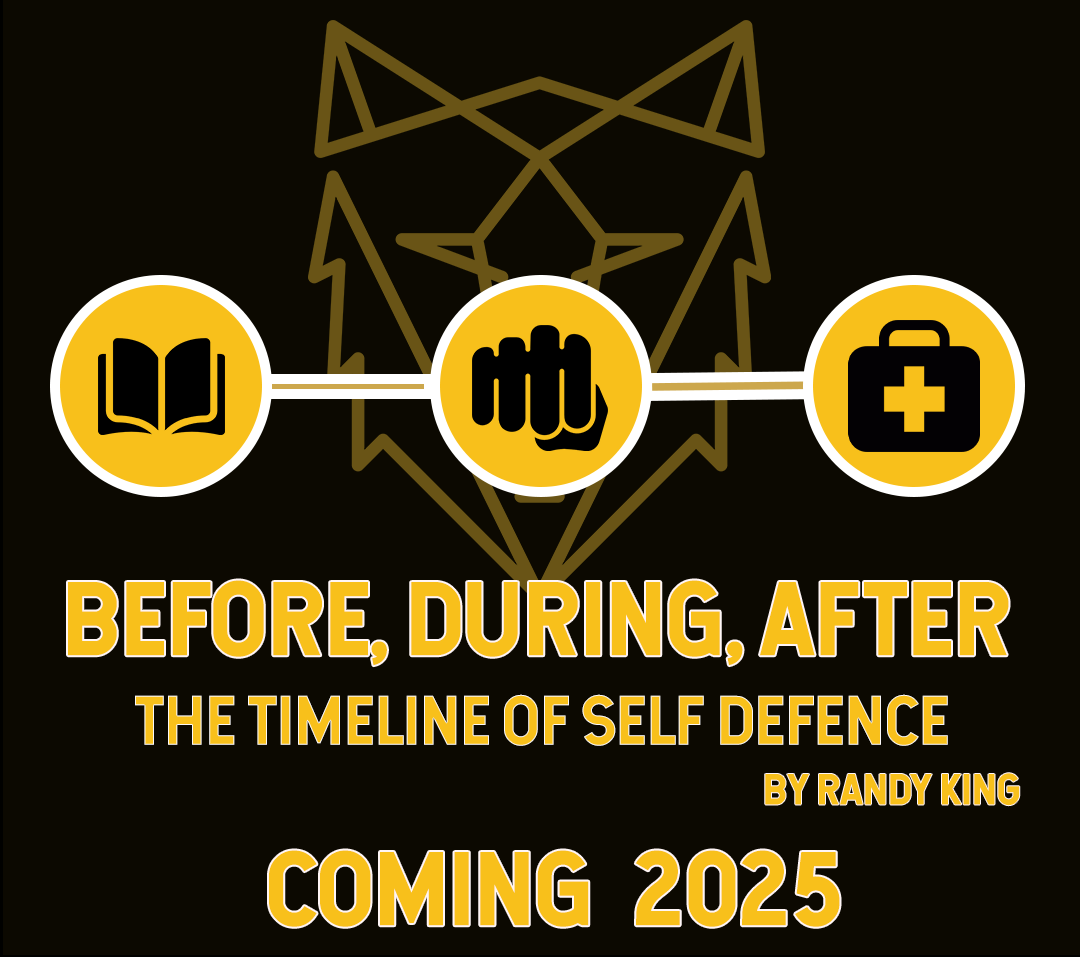

The Timeline of Self-Defense: Why the Story Matters
Self-defense isn't just about reacting to physical danger; it’s about understanding the entire story of a conflict. From the moments before an incident to the aftermath, each chapter is critical in determining the outcome. Let me show you why this matters.
Picture this: You're watching a gripping TV drama. The hero's decisions make sense because you’ve seen their journey unfold—the obstacles, the stakes, the choices. Without that context, their actions would seem random or even foolish. The same is true in self-defense. It’s not just about "what happens during a fight"; it's about the moments leading up to it and what comes after.
Before: Setting the Stage
This is where proactive self-defense begins. Your actions here can change the script entirely.
Imagine walking into a room and sensing something is off—maybe it’s the guy in the corner whose body language screams aggression. Avoidance skills, like situational awareness and reading pre-escalation indicators, are the first tools in your arsenal. They keep you from becoming a character in someone else’s story.
In Before, During, After, I break this down into actionable steps. Think of it as your backstage preparation. You learn to avoid bad situations before they even start.
During: The Main Event
If conflict becomes unavoidable, this is where training meets action. But here’s the twist: it’s not always about fighting. Sometimes it’s about de-escalation or positioning yourself to escape safely.
This part of the timeline doesn’t start with a punch—it starts with a decision. When the fight-or-flight response kicks in, knowing your options (including freezing or employing verbal tactics) gives you control over the scene. My book emphasizes the importance of keeping the story on your terms, whether that’s through physical skills, psychological strategies, or simply finding the nearest exit.
After: The Aftermath
Here’s what many people miss: the story doesn’t end when the danger passes. Whether it’s calling the authorities, checking for injuries, or dealing with the emotional fallout, the aftermath is as important as the event itself.
In the book, I discuss the legal, social, and mental considerations of post-conflict recovery. It’s about staying safe and sane when the adrenaline fades, ensuring you’re ready for the next chapter in life—not stuck reliving the last one.
Why This Timeline Matters
The beauty of the timeline model is its simplicity. By organizing self-defense into these three stages—Before, During, After—you gain a clear framework for understanding how to approach safety in a holistic way. It’s not just a punch thrown or a word shouted; it’s a story where every scene builds on the last.
Interested in learning more?
Before, During, After: The Timeline of Self-Defense
is available soon, send us an email to get on the list. Dive into the full timeline and discover how to protect yourself at every stage of a conflict. It’s more than a book—it’s your guide to writing the safest, smartest story of your life.
Randy



ALL RIGHTS RESERVED | RANDY KING LIVE